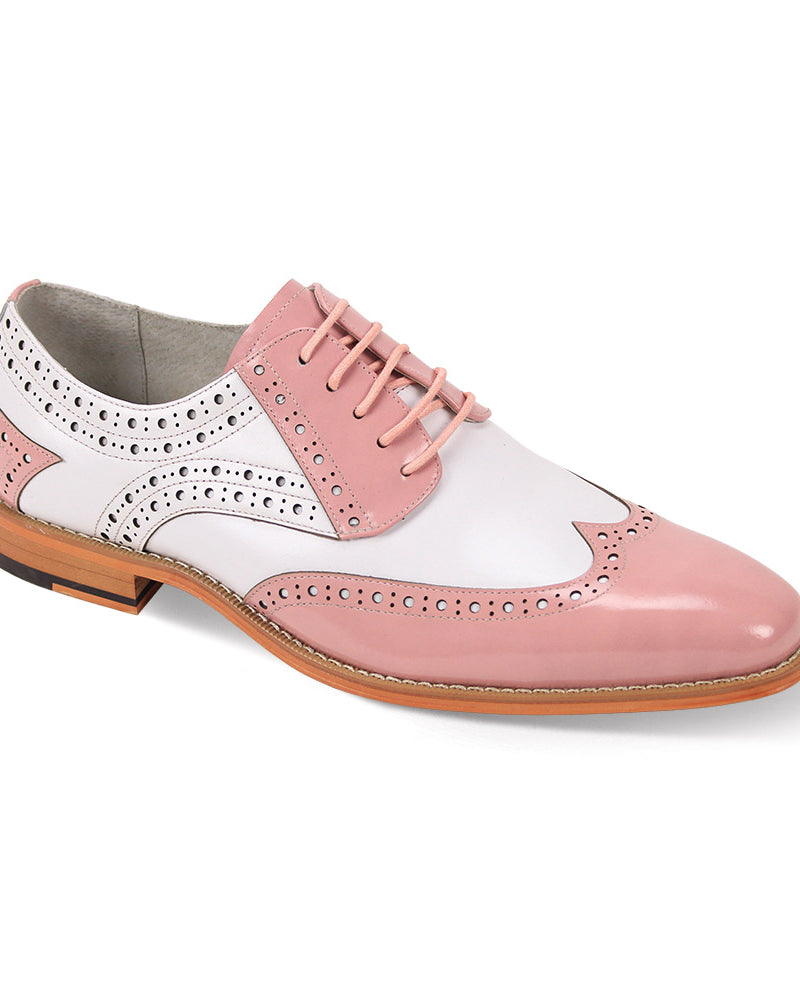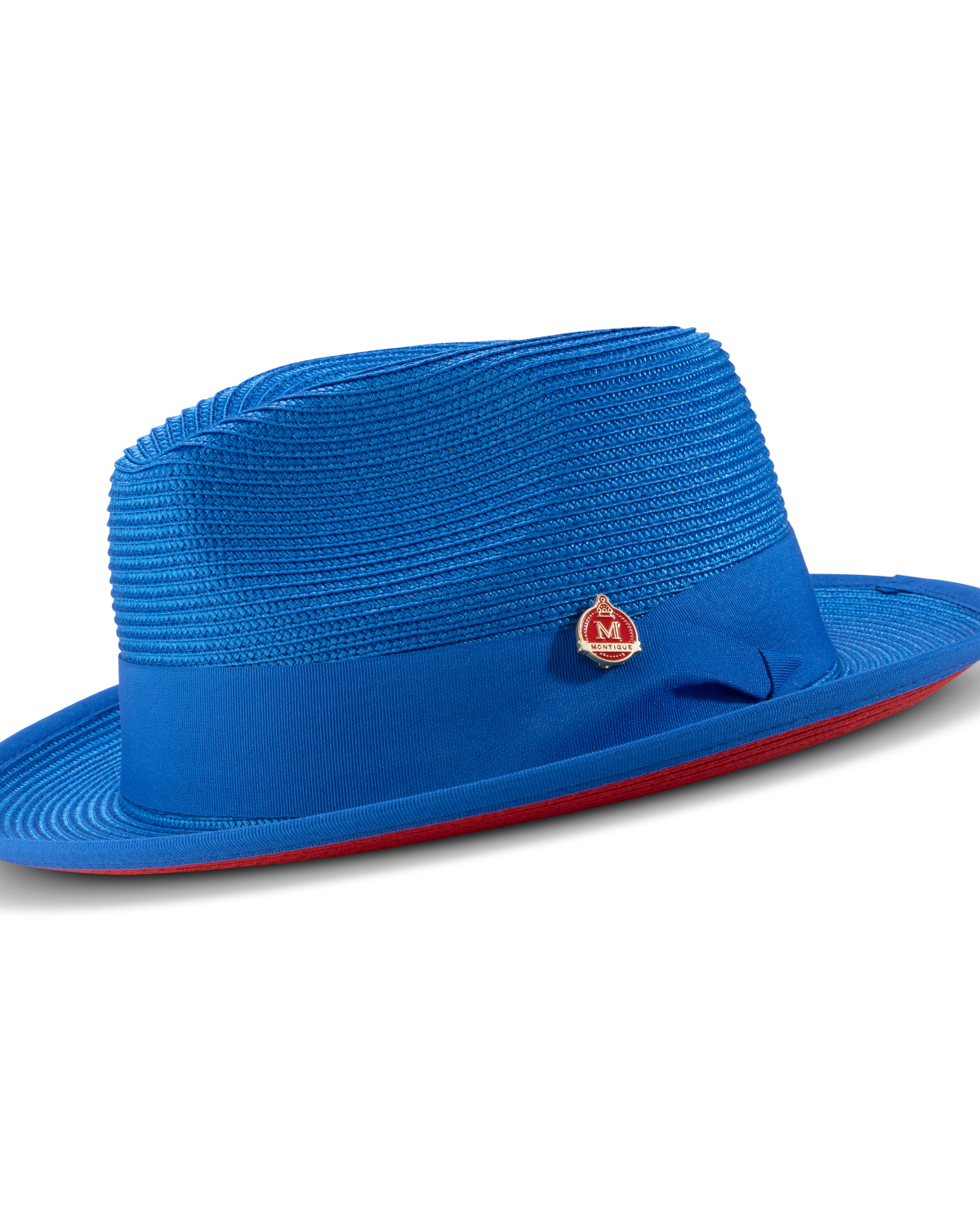Discover the art and necessity of suit alterations to turn an off-the-rack purchase into a custom-fit masterpiece, with expert insights from Maria and Janeth.
Common Alterations: The Foundation of a Perfect Suit
Buying a suit off the rack is often just the first step in achieving that ideal look. The reality is, suits are designed to fit a wide range of body types, which means personalization is key. Maria from Mary's Alterations notes, “Pants and sleeve lengths are the most frequent adjustments needed.” This is echoed by Janeth from Janeth's Tailoring, who adds that alterations under the arms and in the back area are common for achieving a snugger, more tailored fit. These alterations, while seemingly minor, can dramatically enhance the suit's overall appearance, providing a look that seems custom-made for the wearer.
The Fit Test: Identifying the Need for Alterations
Understanding when a suit requires alterations is crucial. Both Maria and Janeth agree that the best way to identify this is through a professional fitting. Maria emphasizes the importance of trying on the suit in a tailor's presence. She explains, “This allows us to accurately gauge how much needs to be adjusted for a perfect fit.” This step cannot be overstated; a professional tailor can quickly spot areas that require modifications, which might be overlooked by an untrained eye.
Limitations in Tailoring: Recognizing the Boundaries
While tailors can work wonders, there are limits to what can be altered. Maria points out a critical limitation: “Shoulders are generally off-limits for alterations by most tailors.” However, she notes that this can vary with different tailors, especially those specializing in men's suits. Understanding these limitations beforehand can save time and ensure realistic expectations when seeking alterations.
The Art of Alteration: A Detailed Process
The alteration process is an art form that requires skill and precision. Maria sheds light on her method: “After marking the adjustments while the customer is wearing the suit, it’s carefully deconstructed and the necessary parts are trimmed and reshaped.” This intricate process is essential for achieving a suit that not only fits well but also maintains its original style and elegance.
Time and Cost: Planning Your Alteration
Alteration time frames and costs can vary. Maria provides a general idea, “A typical alteration can take 2-3 days, depending on how busy we are, especially during peak seasons like graduations and weddings.” As for costs, they range based on the complexity of the work - from $15 for simple hemming to upwards of $55 for more extensive alterations. These factors are essential to consider when planning for suit alterations.
Selecting the Right Tailor: A Guide to Quality
Choosing a tailor is a decision that shouldn't be taken lightly. Maria suggests looking at online reviews and the tailor's track record. Janeth adds, “A good tailor will not only listen to the customer's requests but also provide expert recommendations for the best outcome.” This insight is invaluable for ensuring high-quality alterations.
Elevating Your Style with Tailoring
A well-fitted suit is more than just a fashion statement; it's an embodiment of personal style and professionalism. With these insights into suit alterations, your off-the-rack purchase can be elevated to a level of fit and finish that rivals custom-tailored garments.
At Suits & More, we understand the transformative power of a perfectly tailored suit. Visit us for your next suit, and let us help you make that impeccable first impression.








